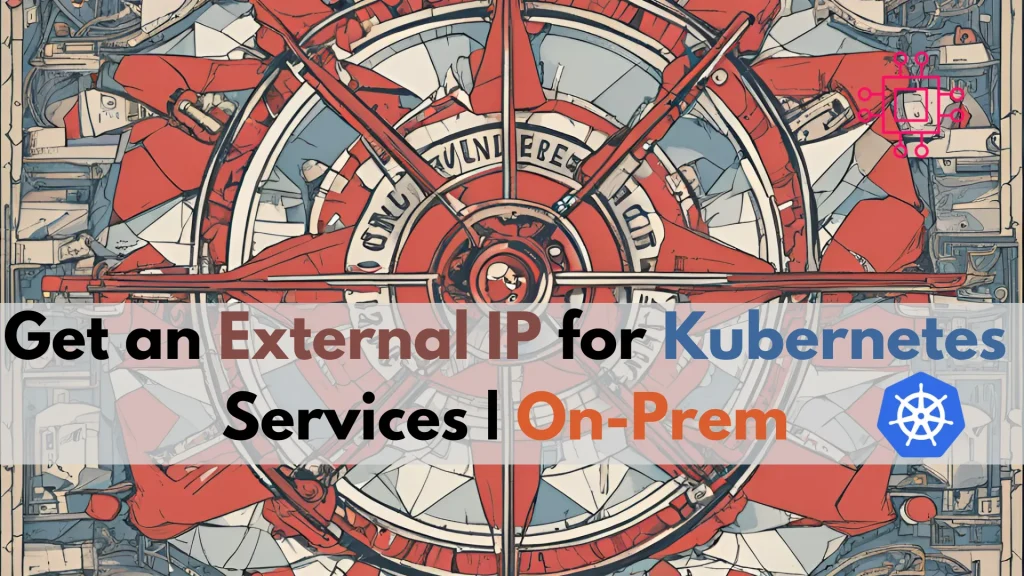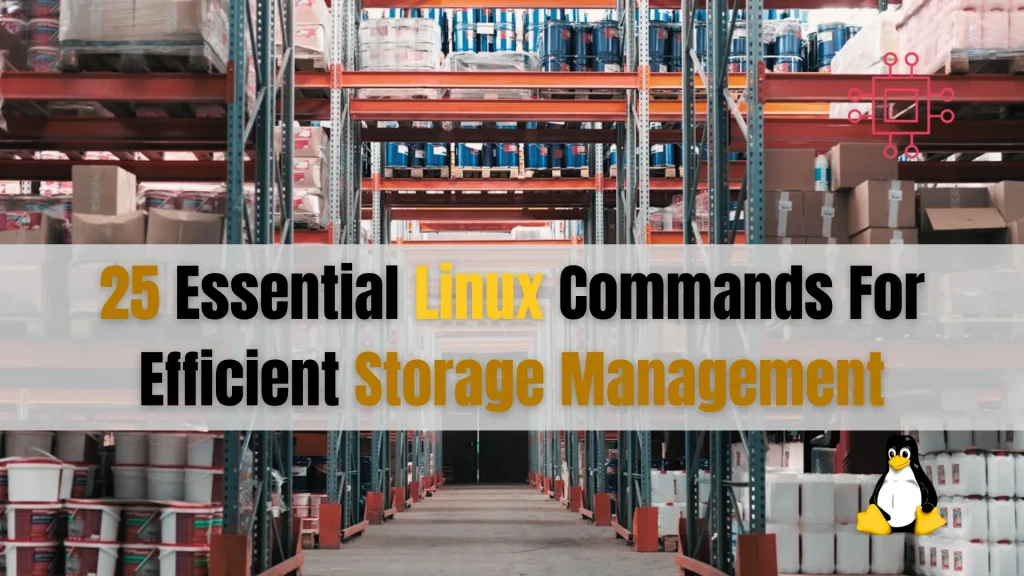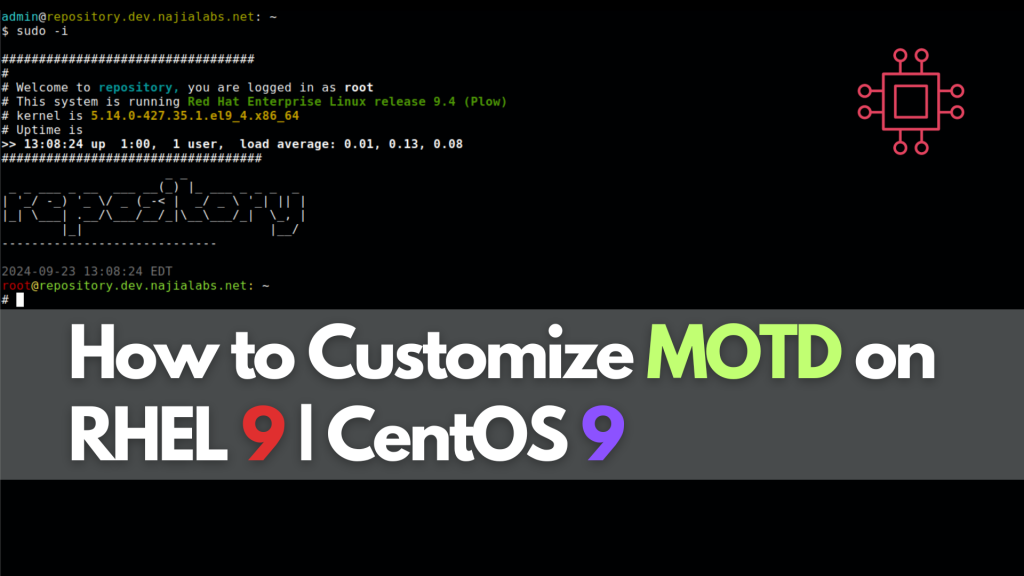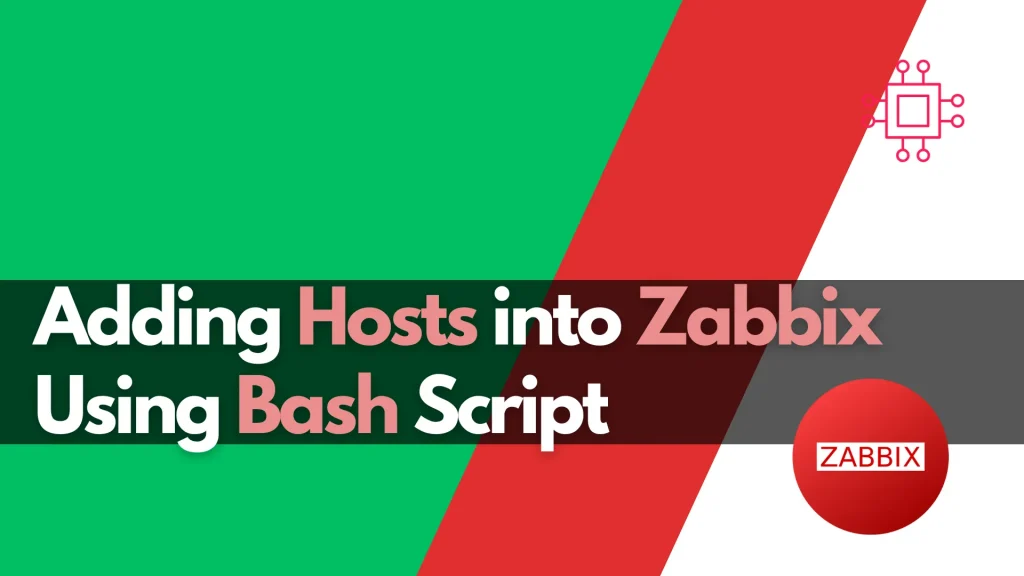Install Rancher on RHEL 9 | CentOS 9: A Comprehensive Guide

Learn how to install Rancher on RHEL 9 and CentOS 9 with this comprehensive guide. Step-by-step instructions, Docker setup, and post-installation tips ensure a smooth Kubernetes management experience. Optimize your environment today! Table of Contents Introduction Rancher is an open-source platform that makes it easy to deploy, manage, and secure Kubernetes clusters. This guide will […]
Install and Use Gedit on Ubuntu 24.04

Learn how to install and use Gedit on Ubuntu 24.04 with our comprehensive guide. Discover features, keyboard shortcuts, and plugin options to enhance your editing experience, whether you’re a casual user or a developer. Table of Contents Introduction GEdit is a powerful yet straightforward text editor that comes pre-installed with the GNOME desktop environment. Known […]
Install LAMP Stack on RHEL 9 | CentOS 9 Using Podman

Learn how to install the LAMP stack on RHEL 9 | CentOS 9 using Podman with our comprehensive guide. Follow step-by-step instructions to set up Apache, MySQL, and PHP in a containerized environment for enhanced performance and security. Perfect for developers and system administrators! Table of Contents 🔈Introduction If you’re looking to set up a […]
Get an External IP for Kubernetes Services | On-Prem

Learn how to get an external IP for Kubernetes services on premises or in your homelab environment with tools like MetalLB, NodePort, and NGINX Ingress controller. Discover straightforward methods to assign external IPs and manage external access to your Kubernetes cluster. Table of Contents Introduction Setting up a Kubernetes cluster on-premises (on-prem) or in a […]
Enable FIPS mode on RHEL 9 | CentOS 9: A Comprehensive Guide

Learn how to enable FIPS mode on RHEL 9 and CentOS 9 with this comprehensive guide. Discover step-by-step instructions, CLI examples, and best practices to ensure your system meets regulatory compliance and enhances security. Table of Contents Introduction In today’s world, ensuring the security of your systems is paramount. For organizations that handle sensitive data, […]
25 Essential Linux Commands For Efficient Storage Management

Discover 25 essential Linux commands for efficient storage management. Learn how to monitor disk usage, manage partitions, create filesystems, and optimize storage performance with detailed examples and practical tips. Table of Contents Introduction Managing storage on a Linux system is crucial for maintaining performance and ensuring data integrity. Whether you’re a seasoned sysadmin or a […]
Setting Up Sendmail as a Relay Server on RHEL 9 | CentOS 9

This guide will walk you through the process of configuring Sendmail as a relay server on RHEL 9 or CentOS 9, providing step-by-step instructions to ensure a smooth setup. Table of Contents Introduction Setting up Sendmail as a relay server on RHEL 9 or CentOS 9 can be an essential task for organizations that need to […]
How to Customize Linux MOTD on RHEL 9 | CentOS 9

Learn how to customize Linux MOTD on RHEL 9 and CentOS 9 to enhance user experience. Discover step-by-step instructions, practical examples, and tips for displaying vital system information, ASCII art, and monitoring links at user login. Table of Contents Introduction The Message of the Day (MOTD) in Linux is a powerful feature that allows administrators […]
Install GitLab CE on RHEL 9 | CentOS 9 Using Ansible Roles

Learn how to install GitLab CE on RHEL 9 or CentOS 9 using Ansible roles. This comprehensive guide covers prerequisites, creating Ansible roles, executing playbooks, and setting up SSL for a secure GitLab instance. Streamline your DevOps workflow with automation and maintainability! Table of Contents Introduction GitLab Community Edition (CE) is a powerful web-based DevOps tool […]
Adding Hosts to Zabbix Using Bash Script

Learn how to automate adding hosts to Zabbix using Bash script. This comprehensive guide covers script functions, examples, and best practices to streamline your IT monitoring process. Optimize your workflow and reduce errors with our step-by-step instructions! Table of Contents Introduction In the realm of IT monitoring, Zabbix stands out as a powerful open-source solution. […]
